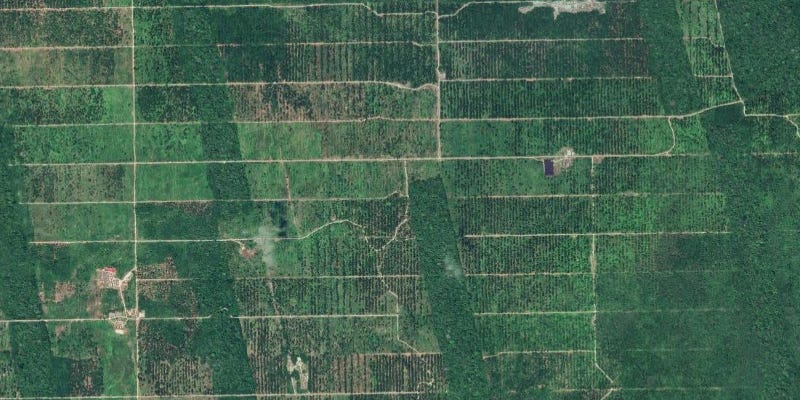Threats to Indigenous Peoples’ collective rights and territories in Peru. Interview with Tom Younger, Forest Peoples Programme (part 1)
Interview with Tom Younger, Peru Programme Coordinator and Policy Advisor at Forest Peoples Programme. The interview was conducted online in May 2021. It’s a long interview, divided into four sections:
REDD-Monitor: As an introduction, please describe who you are and how long you’ve worked at Forest Peoples Programme.
Tom Younger: I’m Tom Younger, and I’m originally from the north-east of England, but live in Scotland. I have a background in anthropology, and I’ve been working with Indigenous Peoples and their movement for a good chunk of the last decade. I’ve been working with Forest Peoples Programme since 2018.
REDD-Monitor: What did you do before then?
Tom Younger: Before that I was working for a local organisation, an intercultural organisation, Alianza Arkana, in Ucayali in Peru, for nearly a year. And before that I was working with Life Mosaic.
That’s when we were first in touch, when we were launching the Territories of Life.
I got to know Forest Peoples Programme’s staff in Peru about five years ago, when I was working in Ucayali, with one of the same communities. That’s how I came into Forest Peoples Programme’s orbit.
REDD-Monitor: Can you talk a bit about Forest Peoples Programme and the way it works with Indigenous Peoples?
Tom Younger: Forest Peoples Programme was established in 1990, as a human rights organisation working Indigenous and forest-based Peoples. We also work across the world, to enable communities to secure their rights over their lands and their livelihoods.
The way that we work is on the basis of Indigenous Peoples’ self-determination, accompanying their struggles for self-government, their mobilisation, and the creation of political spaces. We also work to strengthen Indigenous Peoples’ access to justice, which is a key focus for us in Peru, legal and policy reform and more generally building solidarity across peoples and allies.
REDD-Monitor: Can you say a bit more about Forest Peoples Programme’s work in Peru?
Tom Younger: Forest Peoples Programme has been working in the Peruvian Amazon since 2007, and we work with Indigenous Peoples there, both to strengthen their defence against external threats to their collective rights and territories, and also to recover and expand Indigenous territorial self governance. So both the external and internal aspects.
In Ucayali, we work with the Shipibo-Konibo people, we work with the Kichwa people in San Martin, and we work with the Wampis Nation in the northern Amazon. In each of those regions we work with their own representative organisations.
In recent years, we’ve worked with our partners to focus on supporting communities to monitor, and in some cases to map, protect, and secure their territories.
REDD-Monitor: What are the main threats to Indigenous Peoples’ rights in Peru?
Tom Younger: Land invasions and land trafficking, which has become very prevalent in the Peruvian Amazon over the past decade.
REDD-Monitor: Can you explain what you mean by land trafficking?
Tom Younger: There are informal groups that organise to use administrative and legal mechanisms to acquire rights over forest land which they then sell on at a profit.
You see this really clearly, for instance, in Ucayali where it’s very commonplace, it’s talked about a lot in the media and the fact that you have a lot of groups who for the most part are settlers, who come from other regions of the country. They won’t even necessarily physically occupy these lands, but because of the loopholes in the Peruvian land tenure system, it’s possible, indeed it’s very straightforward, to gain rights over land (through so-called “certificates of possession”) and be converted into property titles and sold on to agribusiness or other large-scale projects. Usually, the land is deforested and communities are dispossessed in the process. In many cases they face intimidation and violence from these illegal actors.
Land trafficking is an issue that’s impacting all of the Indigenous Peoples that we work with, in quite distinct regions across the Peruvian Amazon.
Then on the heels of that, there’s illegal logging, mining, narcotics production, which has scaled up significantly over the past year or so, the expansion of agribusiness, oil and gas extraction, infrastructure megaprojects, that includes road-building, the construction of electric transmission lines, and also an on-going project to industrialise the main Amazonian rivers, basically turn them into industrial shipping canals, which is obviously of huge concern to the communities living along those rivers. And then there are exclusionary conservation and climate programmes.
Against all that we try to provide communities with legal and advocacy support and also capacity building to be informed about their rights, analyse harmful local and global policies and actors, and respond to these threats. One of our key approaches is the use of strategic litigation. We’re working with communities to take legal action.
We also partner with a specialist legal organisation, called the Institute of Legal Defence who have a strong focus on strategic litigation. That’s an approach we’ve been using a lot over the past five years.
We also provide direct support to Indigenous communities and leaders who are facing threats, attacks, criminalisation, and killings for taking a stand in defence of their lands. That has become even more critical over the past couple of years as the situation has deteriorated.
Lastly, we also support grassroots initiatives to develop community economies, as an alternative to the kind of dominant more destructive top-down programmes and projects that are imposed on communities. This is a way for communities to strengthen their own local economies and their autonomy, in order to be able to shape their own futures.










